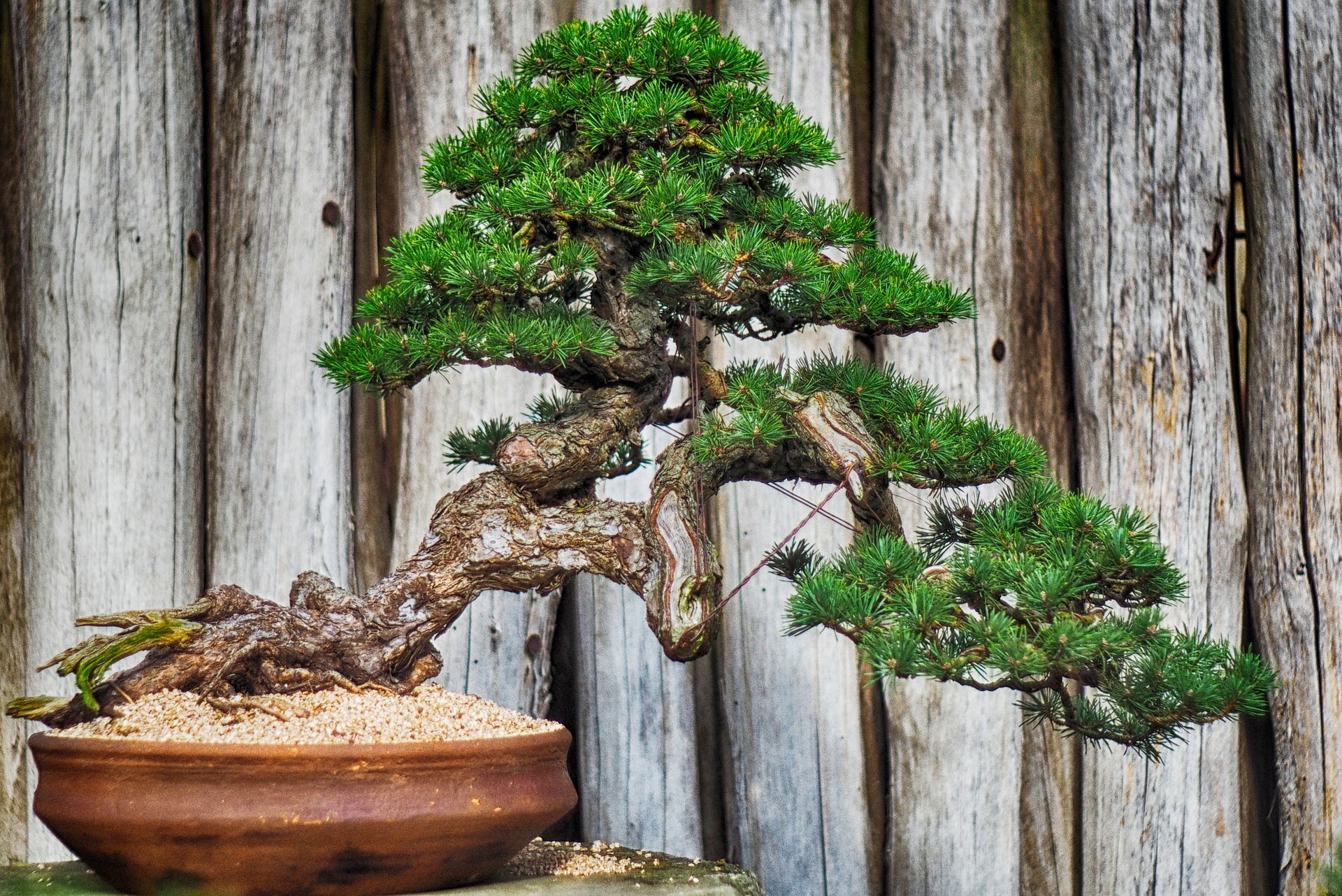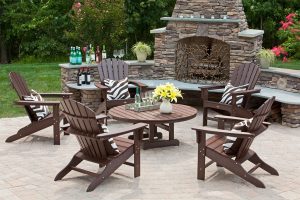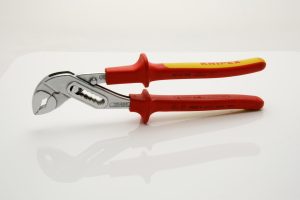The art of growing bonsai trees has been around for over a thousand years. This ancient art is predominately associated with Japan. However, cultivation of bonsai trees first started in ancient China. The bonsai tree was, and still is, associated with Zen Buddhism, a popular religion in eastern culture. Today, bonsai trees are mainly used for recreational and decorative purposes. You may think that bonsai trees refer to a certain type of tree, but the word bonsai actually translates to “potted plant.”

CHOOSING THE RIGHT BONSAI TREE
The tree you choose should depend on your climate. Some trees will be more sensitive to colder climates and will not grow so well while other trees need the temperature to reach below freezing so they can enter their dormant winter rest. All this before blooming in the spring. Choosing a tree that can handle the cold is especially important when choosing an outdoor bonsai tree. Junipers are a popular bonsai for both beginners and seasoned gardeners alike. They are very easy to raise, and because they are part of the evergreen family, they never lose their leaves. Junipers also respond well to training and pruning.
Varieties of cedar, spruce, and pine are often used in the art of bonsai cultivation. You should also decide whether you want to grow your bonsai tree inside or outside. If you choose to grow your bonsai indoors, make sure you choose a tree that doesn’t require full sunlight. If you go with the outdoor approach, make sure you choose a hardy tree that can stand the elements of your location.
You also need to keep size in mind when choosing your bonsai tree. Be sure to factor in how much space you can dedicate to your bonsai tree. You should also think about how much time you can devote to caring for your tree. Bonsai trees need to be trained and pruned often, and larger trees will take longer to prune. Once you have narrowed down the type of tree you want, it’s time to visit the nursery. When choosing a sapling from your local nursery or garden depot, make sure you pick a healthy one. You can spot healthy plants by the color of their leaves or needles. A healthy tree will have vibrant, green leaves or needles. Steer clear of trees that have discolored or wilted leaves.
HOW TO START A BONSAI TREE FROM A SAPLING
1. Once you have purchased your sapling, you need to remove it from the container it came in and place it into your desired pot.
Gently remove the sapling and clean the roots. You need to be gentle and avoid breaking the main stem. You can use a small shovel or your hands to remove the sapling. Clean the roots by knocking off any excess potting soil. This will help you see what you’re doing during the pruning process.
2. Saplings that are planted without pruning the roots will quickly outgrow their container. You should always prune the roots prior to potting. All you need to do is cut any upward facing roots, to keep them from growing up through the soil. You should also clip any thick, large roots. It is best to have many small, thin roots than a few larger ones. This helps during the watering process.
3. Before potting your sapling, make sure you have a proper pot. Your pot should be large enough to give the roots a little room to grow and should have proper drainage holes. If the holes are too large, place a mesh netting or screen filter in the bottom of your pot. This will ensure that the soil will not drain out of the large holes. Add coarse, grainy soil as the base layer for your sapling. Next add a fine, loose soil. Doing this will keep the moisture in your topsoil, near the roots. Only fill the pot half full so that you have room to work with your sapling. You’ll want to position it just right before filling the rest of the pot.
4. Place your sapling in the pot. You can add or take away some of the soil to reach the desired height. Now add the rest of your soil to the pot. Make sure you completely cover the roots of your sapling. You can add a layer of decorative gravel or moss on top of the soil to add an intricate look to your bonsai tree. This can also help keep your sapling in place, while its roots are forming.
5. Once you have planted your sapling, you should give it time to rest. Try to leave your new bonsai tree alone for the first two or three weeks. Water your new sapling but don’t start pruning right away. Make sure you don’t use any fertilizer during the first month of growing. Once the sapling is established, you can get creative and train your bonsai to grow any way you want it.





